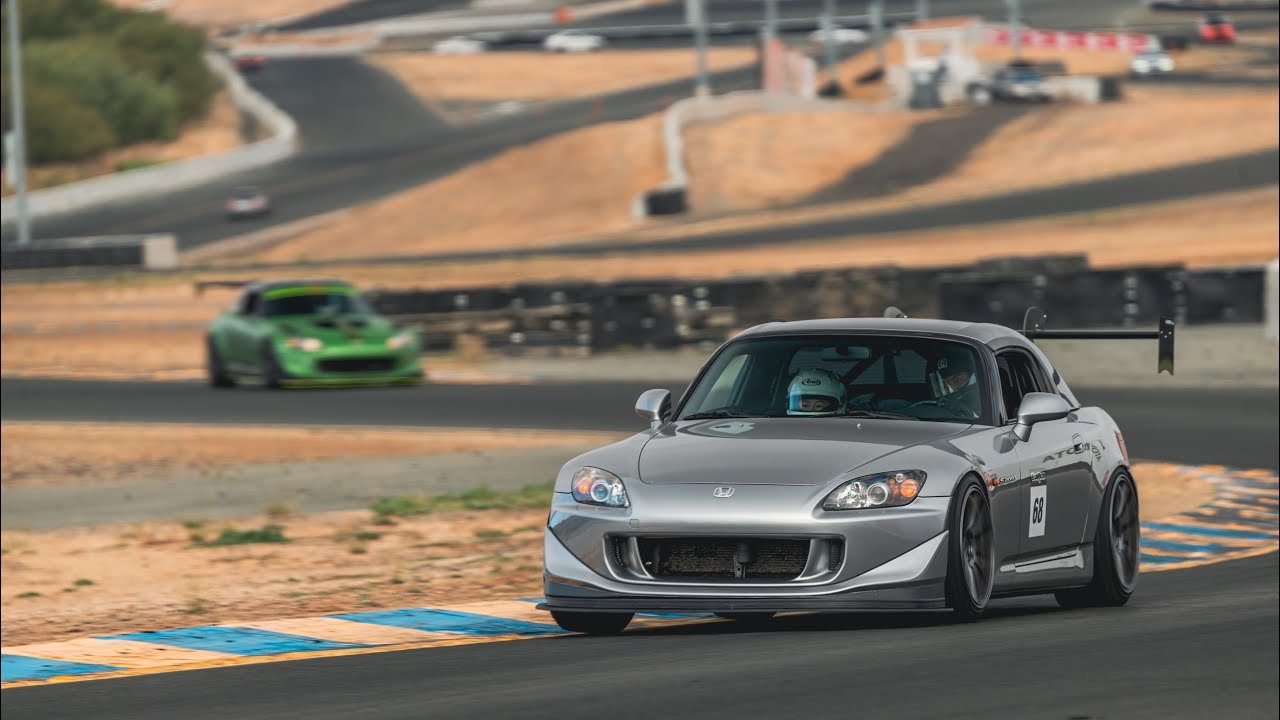
SpeedSF Blog
Every Build Has a Story – Meet the Cars of SpeedSF

Gary’s S15: This Silvia Stays
After importing a slew of Silvias and never getting too attached, Gary imported this rare Spec R with the intention of keeping it. It will be more than sentimentality that keeps him holding on, though; he hopes to stress test driveline components and build a line of stouter parts to appeal to the S-chassis fan who enjoys going fast as much as they do going sideways.

Tony’s S2000: In the Right Circles
Built from the ground up, this R-Crew-tuned Honda S2000’s strong points are its suspension, its brakes, and its chassis. Meager power doesn’t mean much to Tony Altwer, who knows that optimizing this car’s strengths matter far more than improving straightline speed.

Jonathan’s Del Sol: Rotation on Demand
After years of tuning EGs and DC2s for autocross, Jonathan Lugod decided to build a dedicated track car using an uncommon chassis. The Del Sol shares of its parts with the aforementioned Hondas, but once caged, rotates like a CRX.

CSG Brake Pads: Details Make the Difference
Thanks to a detailed feedback loop between CounterSpace Garage and their wide array of active customers, they've been able to provide a usable, confidence-inspiring brake pad for every popular HPDE platform today.

Forced Induction For Track Work: Supercharging Two Popular Platforms
The S2000 and E46 M3 have weight and nimbleness going for them. Do they need more power?

Joe’s AP1 S2000: Continuing Education
A couple years before forty, Joe Drane decided to finally give track days a try. Like with everything he’s pursued, he dove in with two feet and built a stunning S2000 in record time.

Speed SF Challenge Laguna Seca: New Surface, New Records
New pavement and stellar weather meant our fastest drivers pushed harder than ever before at our latest Speed SF Challenge event.

Shan's S2000: Hitting the Books
After Shan spent his college years as a test driver for his Formula FSAE team, he started tracking an E92. The heavyweight M3 didn’t give him much joy, so, eager to get back into a pointy car, he picked up an AP2. With his engineering expertise, he’s been able to get the most from a modest assortment of modifications and turn this into a capable, dependable track scalpel.

Dustin's Supercharged M3: A Lesson in Applied Economics
With a full plate and a desperate need to go fast, Dustin managed to keep his head, get the right car, get the right coaching, make the right upgrades, and put prove just how quickly he could develop the established E46 into a 500-horsepower time attack machine.

Werkshop's Paint Protection Film Keeps Track Cars Sparkling
With Werkshop’s PPF, you can spend a few shekels to keep your car looking sexy. Full-body, front end-only, bumpers, basic cars, and even exotics are covered.

James Snell's Supercharged S2000: Bold is Better
Not only did James Snell build himself into a handy driver in just a few years, he made this car—now supercharged—one of the cleanest all-round S2000 track toys in the SoCal scene.

Adam's S13 Coupe: Silvias Do More Than Slide
It’s fun to remember that you could pick up a turbocharged Silvia for a few grand once. Adam Swan took this car to the next level with a few track-oriented mods, but it’s still essentially stock; proving the Silvia can do more than go sideways.

Jake's S2000: Balance and the Best of All Worlds
Jake learned that he really can have it all with his AP1 S2000. Basic but capable, this particular car has just what’s needed and nothing more to make it unreliable. Plus, it looks better than most with a distinct coat of Porsche Chalk.

Sean's S2000: Happy To Take The Abuse
After jumping from Spec Miata to a Lotus Exige, Sean learned that his happiness had more to do with time spent at full throttle than outright speed. Not to say his Exige’s successor is slow, but his S2000 is a car which doesn’t have the same sort of technical limitations that kept him from pushing it as hard as he would’ve like to.

Seigo Ma's S2000: Grip and Reassurance
Aiming for a place at the sharp end of S3, Seigo Ma turned this S2000 into a predictable, reassuring machine he could lean on without fear. With a lot of aero grip, the S2000 is sticky enough to chase down cars twice as grunty.
